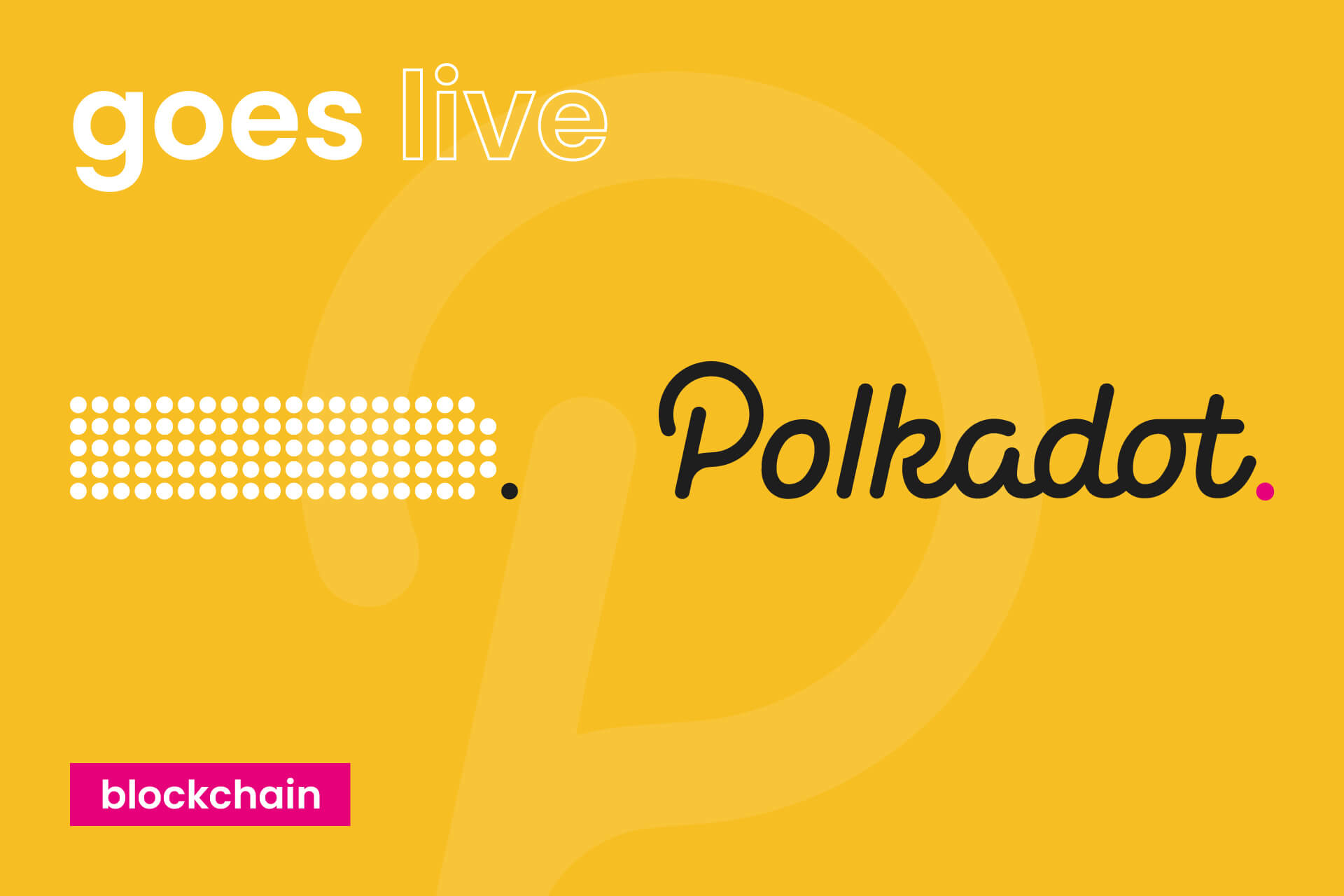
Polkadot – the global platform that aims to connect various blockchains together – is already running.
Polkadot, the shared protocol that allows decentralized blockchain networks to operate together went live this Tuesday. According to the official announcement, this is the initial version of the mainnet, released by the Web3 Foundation.
The platform allows connecting decentralized blockchains into one single network. This means, that blockchains will be able to exchange data securely and process transactions in parallel. As claims the press release, by parallelizing the workload, Polkadot solves major throughput that interfered the decentralized application development.
Polkadot’s design offers several distinct advantages over existing and legacy networks, including heterogeneous sharding, scalability, upgradeability, transparent governance and cross-chain composability.
Since Polkadot allows blockchains to interact with each other, it also enables them to transmit value, including messages or any kind of data. Moreover, blockchains will be also allowed to create new chains. Following the company’s post, applications from decentralized finance and energy to the Internet of Things (IoT) and gaming will thrive on Polkadot.
Sponsored
Polkadot is the long-awaited blockchain infrastructure, that comes after the four years of development. The protocol was first initiated in 2016 by Gavin Wood, a co-founder of Ethereum. After David Wood left Ethereum in 2016, he led the development of the Polkadot project together with a team of Parity Technologies and CEO Dr. Jutta Steiner. The main idea behind it was a focus to achieve the vision of truly decentralized internet Web 3.0. According to David Wood:
Polkadot is, in many respects, the biggest bet in this ecosystem against chain maximalism. Even if there were one perfect chain, I don’t think it would stay perfect for very long. I would argue that it's really not such a good plan to be so focused on backing one winner above all others.
Polkadot claims the ability to evolve without forking, but via transparent on-chain voting. According to the company, the sophisticated governance mechanism is designed to establish a transparent, accountable, and binding process for resolving disputes and upgrading the network.
Currently Web3 Foundation will remain in charge of the network, however in the long run it plans to transfer control to the holders of Polkadot’s native DOT token. DOT tokens will be used to participate in governance decisions, including tabling proposals, voting, and bonding.
Sponsored
